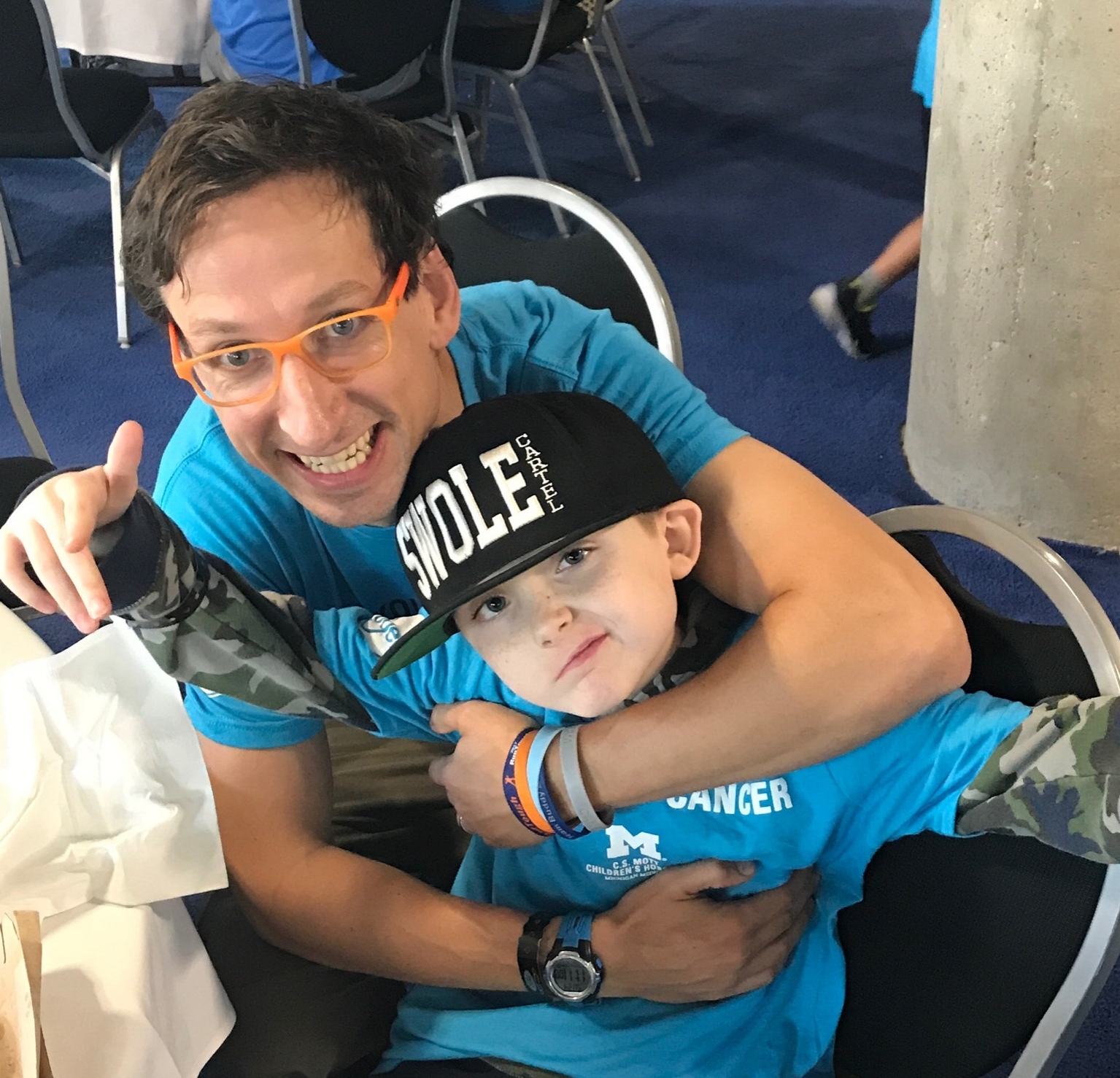The Koschmann lab is studying the molecular mechanisms by which mutations in pediatric High-Grade Glioma and Diffuse Intrinsic Pontine Glioma (DIPG) can be therapeutically targeted. The Koschmann Lab’s work in precision medicine pushes the boundaries of targeted therapies and precision diagnostics for children diagnosed with these brain tumors. Through highly collaborative basic, translational, and clinical research, the Koschmann Lab strives towards improving outcomes and providing hope for children fighting these devastating diseases.



